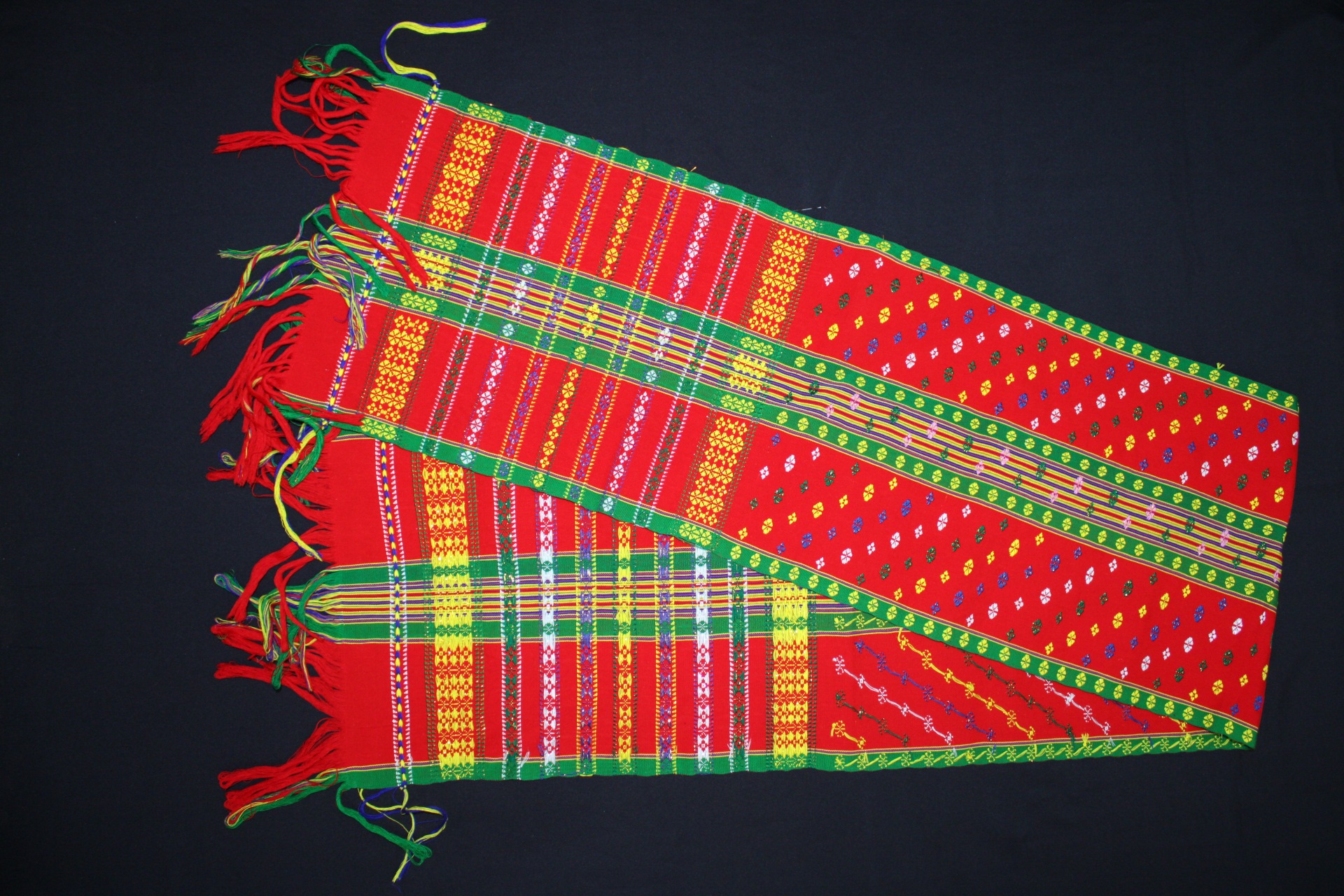Context
- Recently, Tripura CM has of late made a statement to sport the Tripuri Risa, a customary hand-woven cloth used by Tripura’s indigenous tribal communities.
what is a Tripuri Risa?
- The traditional Tripuri female attire comprises three parts — risa, rignai and rikutu.
- Risa is a handwoven cloth used as a female upper garment, and also as headgear, a stole, or a present to express respect. As an upper garment, it is wrapped around the torso twice.

- Rignai is primarily worn as the lower garment and literally translates into ‘to wear’. It can be understood as an indigenous variety of the sari of mainland India.
- Rituku is mainly used as a wrap, or like a ‘chunri’ or a ‘pallu’ of the Indian saree. It is also used to cover the head of newly married Tripuri women.
- These garments were traditionally handwoven. Handloom remains an integral part of the Tripuri household, even with the advent of powerloom-manufactured garments.
Cultural Importance of Tripuri Risa
- Woven in colourful designs and worn as an upper garment, the risa also has a host of crucial, social and religious utilities.
- Adolescent Tripuri girls are first given a risa to wear in an event called Risa Sormani, at age 12 to 14.
- The risa is used in religious festivals such as Garia Puja by tribal communities, a turban by men during weddings and festivals, a cummerbund over the dhoti, a head scarf by young girls and boys, and a muffler during winters.
- The cloth is also used as a makeshift hanger to hold an infant on the mother’s backs.
- And it is presented as a mark of honour to distinguished recipients.
- Risa is common in almost all 19 indigenous tribal communities of Tripura.
Back to Basics
Tripuri Risa been part of Tripura’s traditions
- The complete Tripuri attire is claimed to have originated even before the time of the Manikya kings, who ruled Tripura for over 500 years starting from the 15th century.
- Although the history is contested, Maharaj Trilochana, aka Subhrai Raja is said to have invented nearly 250 designs of rignai during his time for his 250 wives.
- Today, the risa is undergoing changes due to competition with powerloom-manufactured products available at cheaper rates.
- The garment is made in handloom or loin looms at homes, usually not more than one or two pieces in a month.
- Most of this art is handed down through generations. However, many of the designs were lost with the passage of time, and only a few remain.
Main Shots:
- As of 2018, Tripura had 1,37,177 handloom weavers, according to the National Handloom Census, with 60 handloom clusters.
For Art & Culture Current Affairs: Click Here
